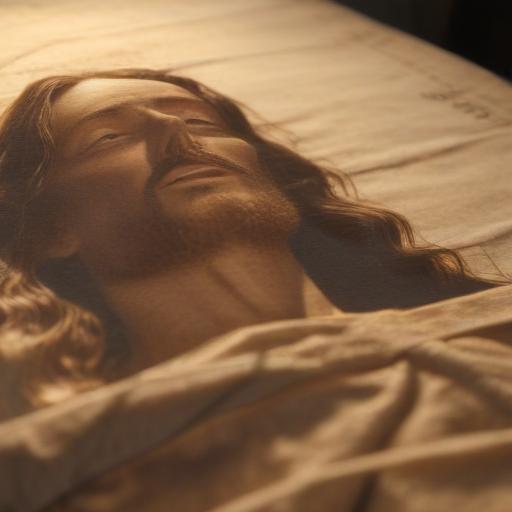A recent study utilizing advanced 3D digital analysis has reignited the debate over the origins of the Turin Shroud, widely regarded by many as the burial cloth of Jesus Christ. The research, led by Brazilian digital graphics expert Cicero Moraes, suggests that the Shroud was likely crafted as a medieval artistic work, rather than being created through direct contact with a real human body.
Published in the journal Archaeometry, Moraes employed free modeling software, including MakeHuman, Blender, and CloudCompare, to simulate how fabric would drape over both a full three-dimensional human body and a low-relief sculpture.
Measuring 14.5 feet by 3.7 feet, the Shroud bears a faint depiction of a man with wounds reminiscent of crucifixion, and has been rumoured to have enveloped Jesus over 2,000 years ago. However, its history has been controversial since it first appeared in the 14th century. Radiocarbon dating performed in 1989 indicated that the Shroud was likely created between 1260 and 1390 CE, raising questions that have yet to be definitively answered.
Moraes’ innovative test revealed that when fabric is virtually draped over a three-dimensional human model, the resulting image displayed significant distortions. This phenomenon, known as the “Agamemnon Mask effect,” indicates that real bodies produce misshapen images. Conversely, the imprint generated from the low-relief sculpture demonstrated a much closer resemblance to the contours observed on the Turin Shroud, showing less anatomical distortions.
“The contact pattern generated by the low-relief model is more compatible with the Shroud’s image,” Moraes remarked in his study, positing that a shallow sculpture made of wood, stone, or metal could have served as an effective mold for the Shroud. He theorized that heat or pigment could have been specifically applied to the embossed parts of the sculpture to create the distinct imprint on the fabric.
While Moraes acknowledged that it remains a distant possibility that the image originated from a real body, his findings strongly favor the interpretation of the Shroud as an artistic object, reflecting the typical practices of medieval artisans who often created low-relief representations on tombstones and other religious artifacts.
This research pushes the boundaries of understanding regarding one of the world’s most famous religious relics. While it does not resolve the mystery surrounding the Shroud’s age, it does provide a fresh perspective on how its enigmatic image may have been produced. Importantly, Moraes’ conclusions do not negate religious interpretations of the Shroud but rather enhance the ongoing investigation into this compelling artifact, ensuring that it continues to inspire curiosity and exploration in both scientific and spiritual communities.
